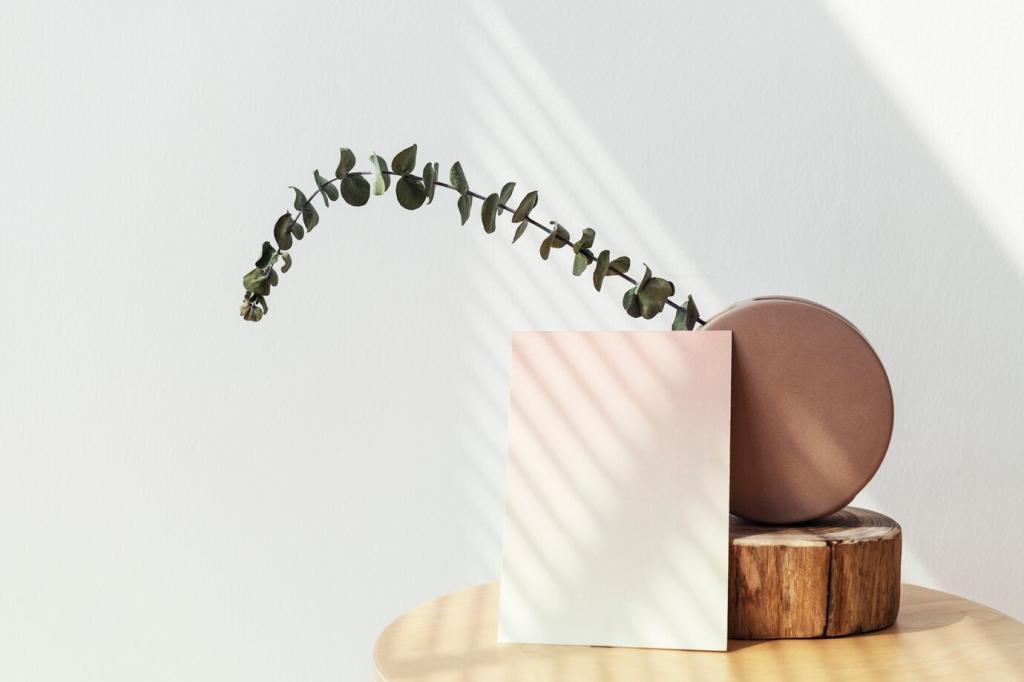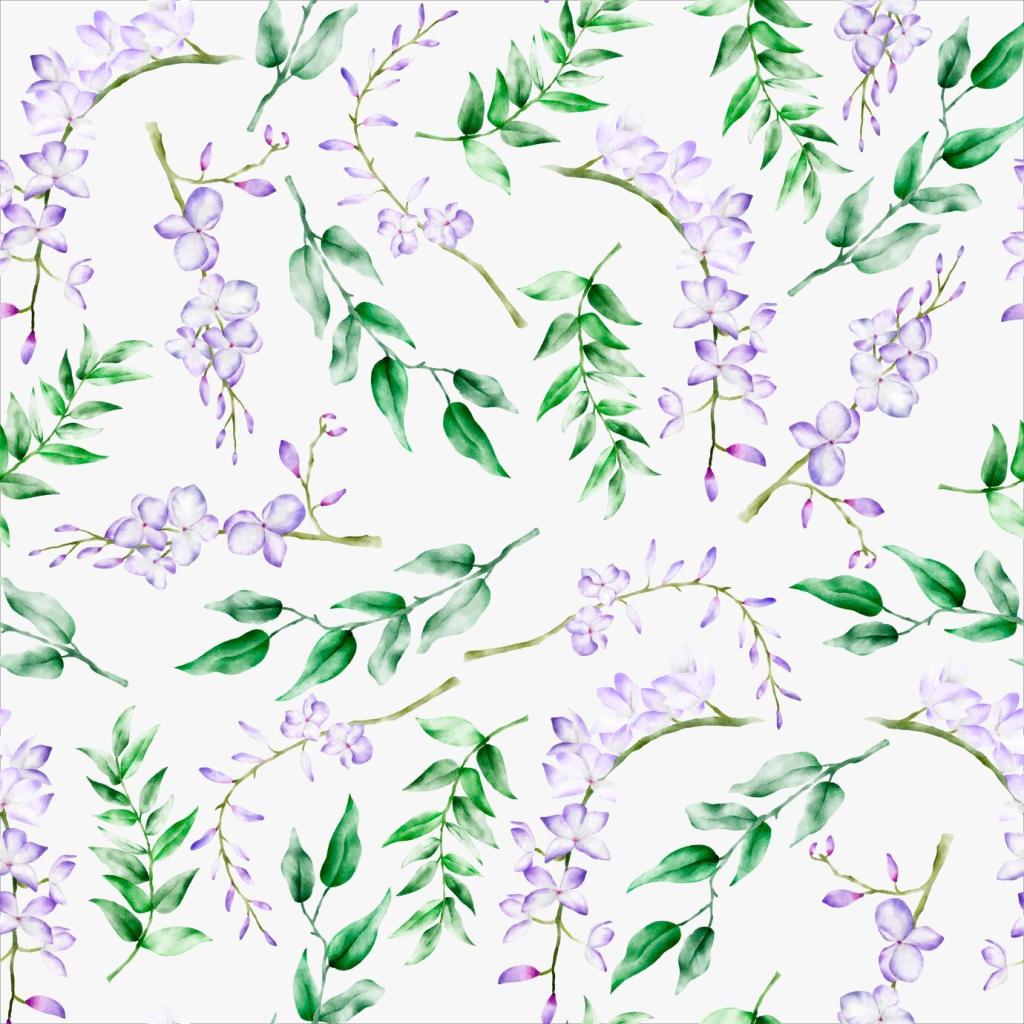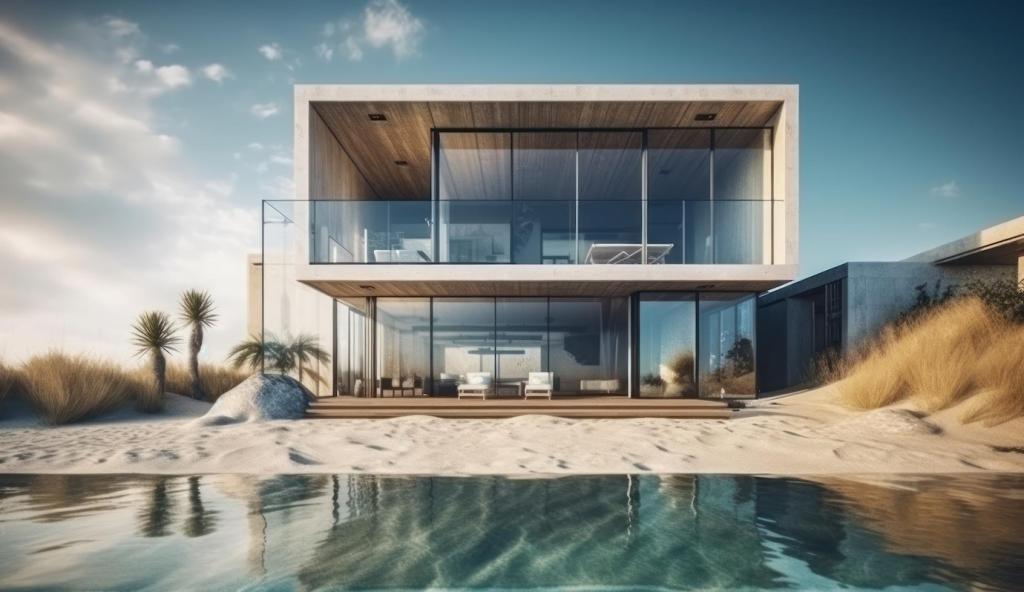Incorporating Natural Elements in Minimalism
The fusion of natural elements with minimalism brings warmth, texture, and vitality to a space defined by simplicity. By thoughtfully integrating materials and motifs inspired by the natural world, minimalist interiors become more inviting, dynamic, and balanced. This intentional approach enhances visual appeal without sacrificing the clean, uncluttered atmosphere that minimalism is known for. Discover how embracing elements from nature can transform a minimalist space into a haven of calm and connection.
Embracing Organic Materials
The Warmth of Wood
Wood is a classic choice for those seeking a harmonious blend of minimalism and nature. Its grain patterns, subtle variances in color, and tactile sensation anchor a room without overwhelming it. Instead of using ornate finishes or heavy stainings, opt for light, untreated woods or finishes that highlight the wood’s inherent beauty. Whether it is a hardwood floor, a simple coffee table, or floating shelves, the presence of wood softens the stark lines typical of minimalist spaces. The natural warmth it exudes creates a welcoming ambiance that feels both grounded and fresh, demonstrating that simplicity does not mean sterility.
Stone as a Statement
Stone surfaces evoke a sense of timelessness and tranquility, ideal for enhancing minimalism with nature’s enduring charm. From marble countertops to slate accent walls, the material’s inherent pattern and texture make each piece one-of-a-kind. Using stone in a restrained manner—such as a monolithic basin or a sculptural side table—ensures cohesion with the minimalist ethos. The cool, tactile nature of stone also provides a beautiful contrast to warmer elements like wood or soft textiles. Its lasting durability not only ensures longevity but also creates a sense of stability and permanence that strengthens the overall design.
Textural Appeal of Natural Fibers
Integrating textiles made from wool, cotton, linen, or jute introduces softness and textural diversity without compromising minimalism. These materials complement clean lines through their muted, earthy palette and subtle variances in weave. A simple jute rug underfoot or linen throw draped over a sleek sofa instantly invites relaxation. Natural fibers also reflect an appreciation for the craftsmanship and sustainable sourcing often aligned with minimalist values. Through thoughtful layering of these tactile materials, spaces maintain their refined simplicity while gaining comfort and a sense of human touch.

Windows as Living Art
Large, unadorned windows act as frames for the ever-changing landscapes outside, seamlessly integrating natural views with minimalist interiors. By reducing window treatments or opting for sheer materials, daylight floods the space, enhancing openness and airiness. The changing quality of sunlight, from crisp morning beams to the warm glow of sunset, enlivens even the simplest spaces. This constant shift in natural illumination means a room never feels static, fostering a dynamic environment that remains visually engaging while honoring the minimalist principle of less is more.

Indoor-Outdoor Flow
The blurring of boundaries between indoors and outdoors is fundamental in merging nature with minimalism. Sliding glass doors, strategically placed skylights, or thoughtfully planned patios draw the outside in, making the most of the surrounding environment. This approach doesn’t sacrifice minimalism’s sleek profiles or uncluttered layouts; rather, it extends them by allowing natural elements—such as light, plants, or the sound of rain—to become intrinsic to the design. Enhanced connectivity with the natural world encourages relaxation and a deeper sense of harmony within the home.

Daylight as the Primary Palette
Instead of relying solely on artificial lighting or bold color schemes, daylight becomes a central design component. White and neutral walls act as canvases that reflect and amplify daylight, making spaces feel more vibrant and expansive. Subtle shadows and highlights created by the sun emphasize architectural features and textures, revealing the nuanced beauty of organic materials. This methodology celebrates the passage of time and atmospheric changes, ensuring that the minimalist space evolves naturally throughout the day while maintaining its serene, curated aesthetic.
Integrating Greenery and Living Decor
01
In a minimalist space, a single large plant—such as a fiddle leaf fig or monstera—can become a striking focal point. The intricate shapes and vibrant greens of such plants offer a dramatic yet simple visual contrast to clean lines and monochrome palettes. Rather than cluttering surfaces with numerous small plants, select purposeful placements for larger specimens. Their sculptural presence enlivens the room, adding dimension and freshness without overwhelming the design’s essential clarity. This balance strengthens the tranquil, curated feeling central to the minimalist philosophy.
02
For those who prefer a more understated approach, small touches of greenery—such as a sprig of eucalyptus in a glass vase or a simple succulent—deliver natural beauty in restrained doses. These accents act as thoughtful reminders of the outdoors, softening edges and introducing organic shapes. By limiting the number and complexity of arrangements, the minimalist ambiance persists while a hint of the natural world is ever-present. This restrained use of plant life aligns with the minimalist focus on intentionality and mindful curation of one’s environment.
03
Rotating plant varieties or floral arrangements according to the season allows minimalist spaces to mirror the natural world’s cyclical rhythm. Fresh spring branches, summery blooms, autumnal foliage, or winter’s bare twigs keep interiors connected to the passing of time. This subtle dynamism helps the space feel alive and evolving, even as overall design elements remain sparse and focused. Seasonal greenery nurtures a sense of mindfulness and rootedness, essential qualities in the pursuit of minimalist living enriched by nature.
